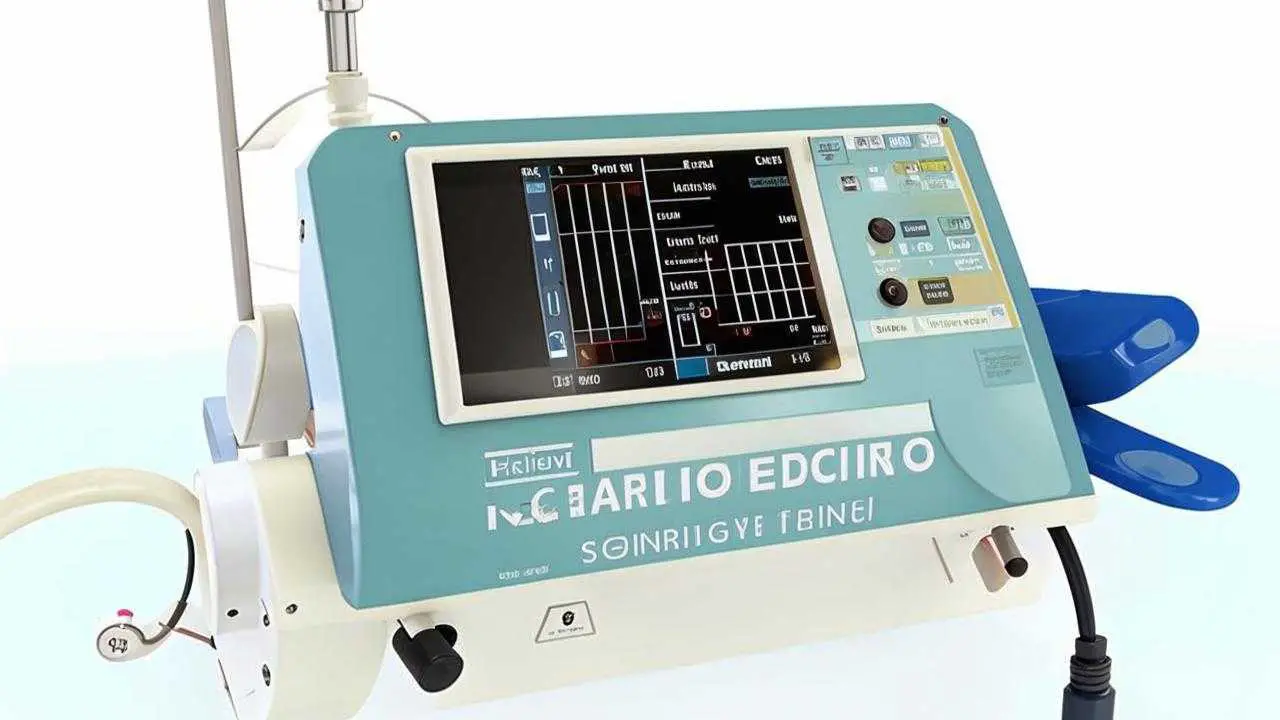Implantation is a method of restoring a tooth row in which an artificial support, an implant, is implanted in place of a lost root. Thanks to the body’s ability to reproduce bone tissue, the phenomenon of osseointegration occurs, the titanium post grows bone.
This surgical intervention, like any surgery, causes fear and apprehension. Clinics have often started to use implantation under anesthesia. Unfortunately, this procedure is presented as a treatment in a dream, without any consequences. Is this the case?
Local anesthesia, sedation, anesthesia
For a long time, all implant surgeries were performed under local anesthesia. These days, more and more clinics prefer to perform dental implants in your sleep. This is very convenient for the doctor, creates ideal conditions for work. Advertising claims that it is convenient for the patient: you fall asleep without teeth, and wake up with a dazzling smile. But any medical manipulation must have a justification and is carried out only if the refusal of it entails more problems than application.
First, let’s understand the terms. The inhibition of consciousness with the help of medical drugs has several stages:
- Mild
- Moderate
- Deep
- General anesthesia
The first 3 stages are called sedation in medicine, and only the 4th stage is considered anesthesia. In normal life, we refer to all stages as anesthesia. This causes some confusion in the use of the terms.
Local anesthesia is the anesthesia of the surgical field. An analgesic is injected where the manipulation will be performed. Most often, this is an injection into the gum. Pain is blocked in a certain area, the patient is conscious.
Sedation – a state of psycho-emotional lethargy, relaxation, in which defense reflexes, independent breathing and reaction to stimuli are preserved.
Sedation does not get rid of pain, but helps to calm down, reduces psycho-emotional discomfort. An example of light sedation is taking valerian or other sedatives.
General anesthesia – artificial deep sleep with suppression of reflexes, disabling pain sensations, the impossibility of independent breathing. Anesthesia shuts down consciousness, reduces the body’s reaction to trauma, relaxes muscles.
Often, dentistry uses the same drugs for deep sedation and general anesthesia. Therefore, when it comes to the effects of anesthesia, the same can be attributed to sedation.
What are the dangers of dental implants under anesthesia?
The use of anesthesia is not safe at all and is considered as a last resort. An absolute indication for the use of general anesthesia can only be an intolerance to local analgesics. In other cases, it is recommended to avoid anesthesia. Many clinics advertise “sleep therapy” as an alternative to anesthesia, but most often the same drugs are used for anesthesia and deep sedation, only reducing their dose. Therefore, the risks of complications with anesthesia and deep sedation are the same. They are[1]:
- Cardiovascular
Tachycardia (palpitations), heart rhythm disturbance, acute heart attack, Symptoms may occur immediately after surgery and some time afterward.
Stomach contents flowing into the trachea, laryngeal spasm, bronchial spasm, hypo- or hyperventilation.
Disturbance of cerebral circulation, confusion.
- Postoperative
Nausea, vomiting, muscle tremors, thinking problems.
Dental implantation under general anesthesia should be performed as a last resort, in a special operating unit, with equipment for resuscitation. Only a qualified anesthesiologist can administer general anesthesia.
Sedation or anesthesia
If you choose the lesser of two evils, then dental implantation under sedation is preferable to general anesthesia. But its use should be treated responsibly, weighing the pros and cons.
The use of sedation is indicated when:
- pronounced stomatophobia (up to panic attacks);
- a strong gag reflex;
- mental or psychological problems that make it difficult to follow instructions.
Alternatives
Fear of dentists is based mainly on memories from childhood, when the level of dentistry in the country was at a low level. Recently, Russian dentistry has been confidently applying advanced methods and techniques. Our doctors participate in conferences and symposiums, exchange experience with colleagues from other countries. The level of dental services has reached, literally, world heights. The times when thick needles, huge syringes and lidocaine as an analgesic were used to administer local anesthesia are in the past.
Now the injection into the gum is almost not felt, and if there is still fear of it, you can preliminarily anesthetize with a gel. After the introduction of modern analgesics, the patient does not feel pain from the word “at all”. It is possible to open the gum, saw the bone, perform root extraction, screw in implants – there will be no painful sensations. At the same time, the patient is fully adequate, responds to stimulation, follows instructions, takes part in the process. No games with consciousness and risks associated with respiratory depression or heart rhythm disturbance.
Contraindications and consequences of local anesthesia are few, the experience of its use is so vast that complications are practically excluded.
For patients with increased anxiety can be recommended commonly available sedatives: herbal decoctions and teas, Persen. These are over-the-counter remedies, they have a shallow effect, but quite enough to relax before the procedure.
There are also methods of non-medication sedation:
- Friendly staff;
- pleasant surroundings;
- light music;
- a friendly doctor and assistant.
All of these help to calm down and experience the implantation without the use of mind-controlling substances.
For a highly skilled implantologist, performing implants under local anesthesia is no more difficult than placing a dental implant under anesthesia.
To risk or not to risk
Any medical manipulation is associated with certain risks. Therefore, the decision to use a particular method should be weighed and considered. Dental implantation in sleep is not a method that will suit everyone, and it is not as safe as they try to assure us. Each clinical case is different and the decision to use it should be made by the doctor, after collecting all the data.
It should be taken into account that the cost of implantation under anesthesia is much higher than without it. Maybe this is the reason that the method is so widely promoted, and the risks are not discussed with the patient.
If you do decide to go for anesthesia, make sure that:
- the clinic has a license to perform such manipulations;
- anesthesia will be carried out by an anesthesiologist, not a dentist after courses;
- the clinic has an operating theater;
- the operating room is equipped with everything necessary for resuscitation;
- there is equipment for monitoring vital parameters.
Painless implant placement is possible without the use of toxic agents. Tens of thousands of patients who have acquired their smile under local anesthesia have been convinced of this.
Possible complications | Anesthesia | Anesthesia/sedation |
|---|---|---|
On the cardiovascular system | – | + |
Respiratory failure | – | + |
CNS depression | – | + |
Circulatory disorders | – | + |
Hallucinatory syndrome | – | + |
Pain during surgery | – | – |
Sources:
[1]anest-rean.ru.


